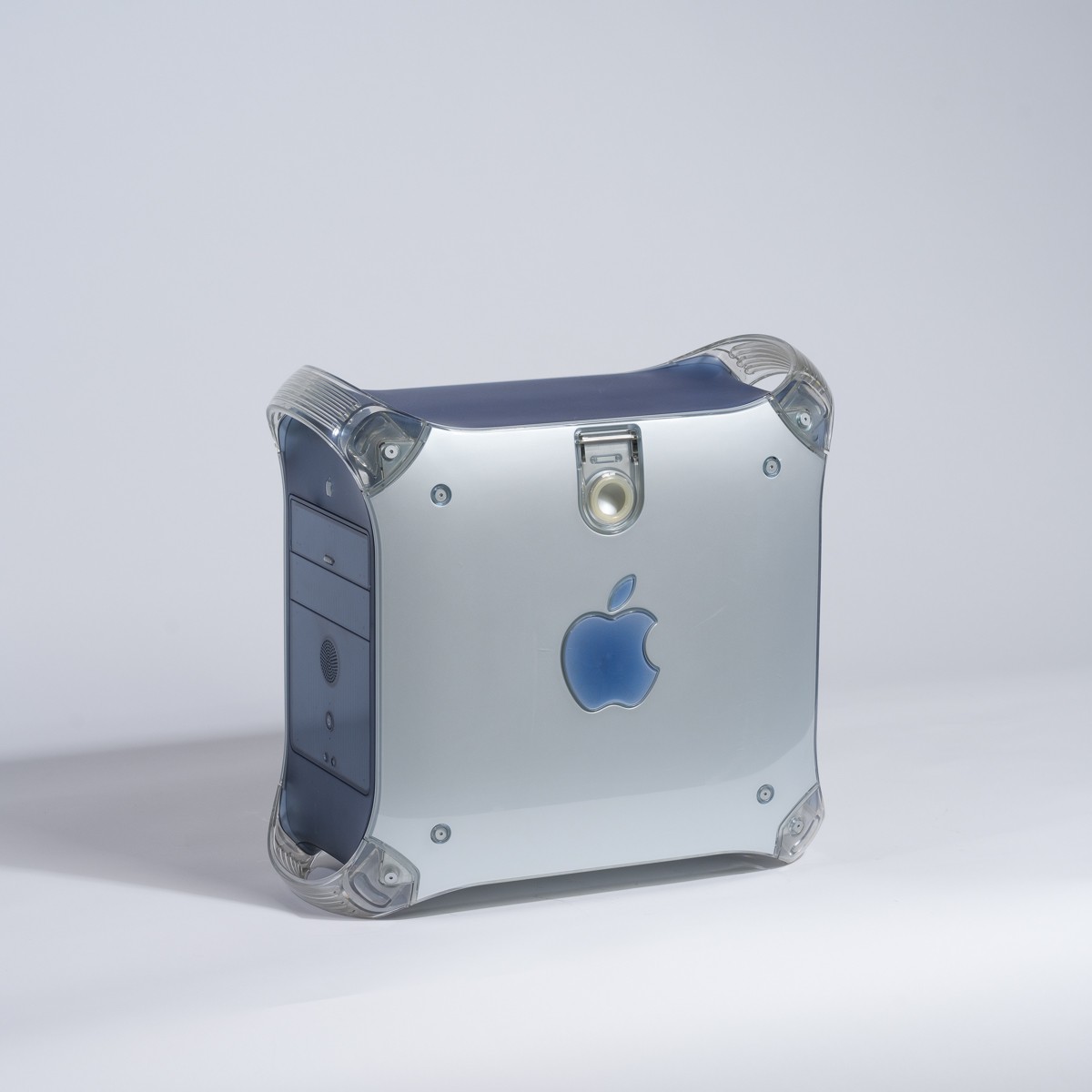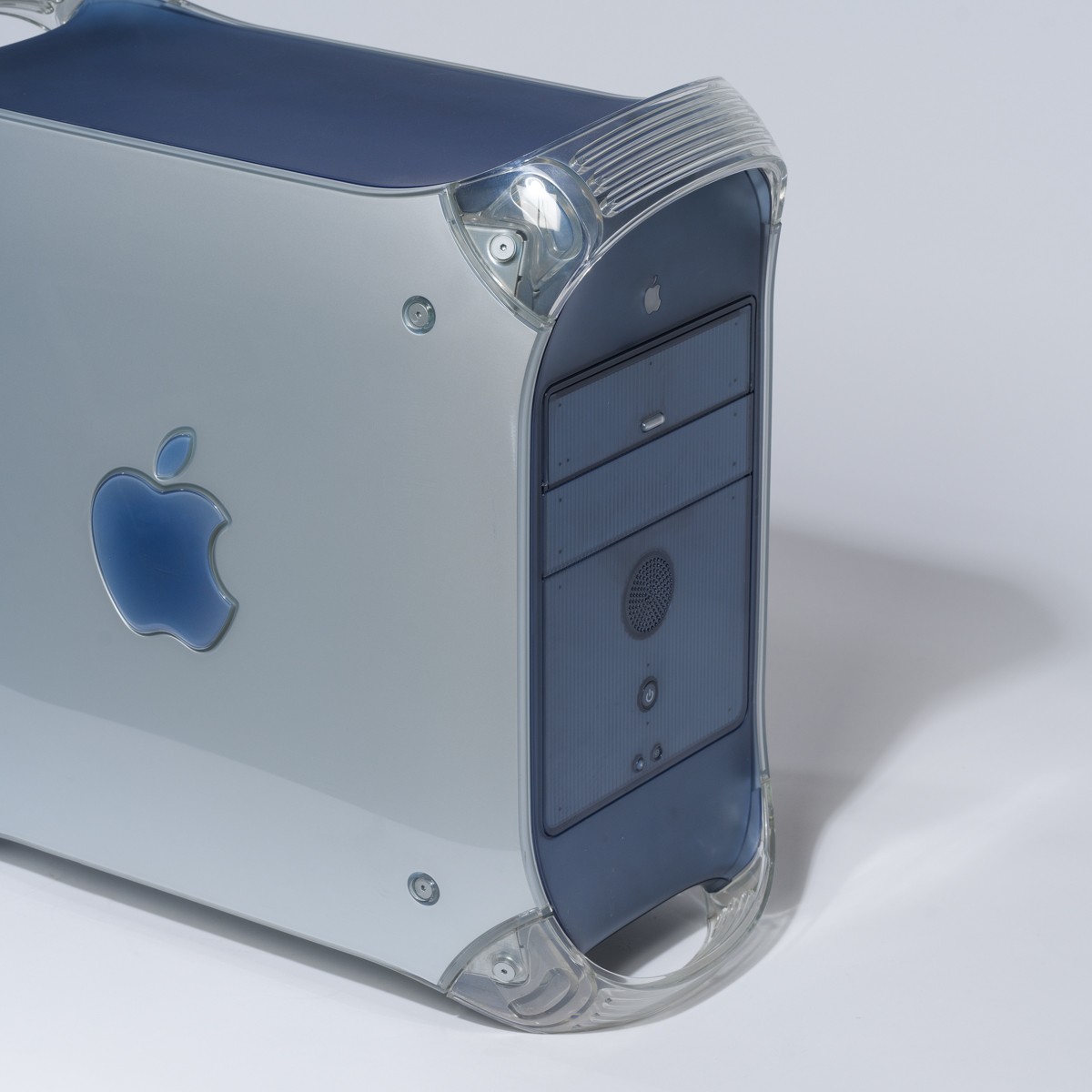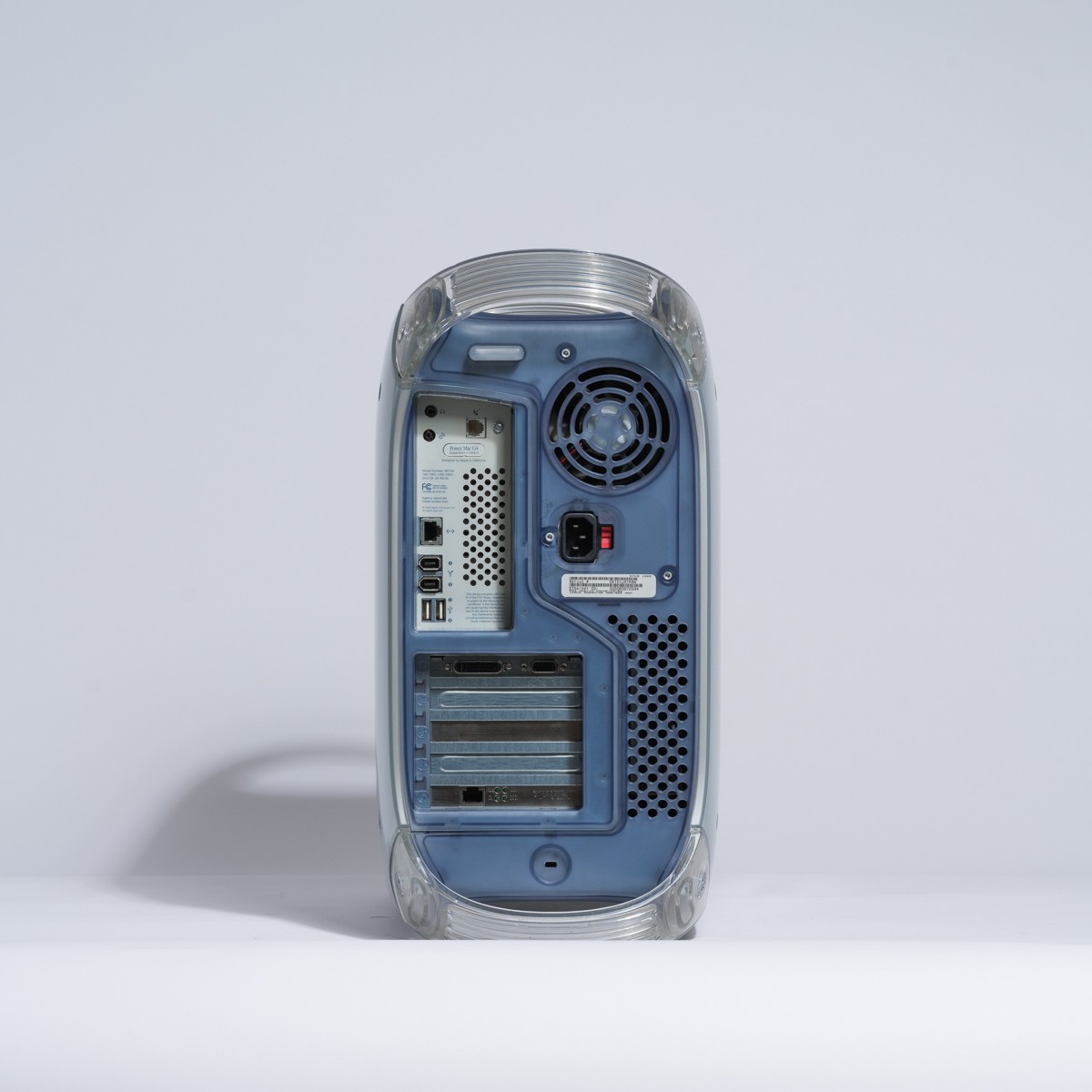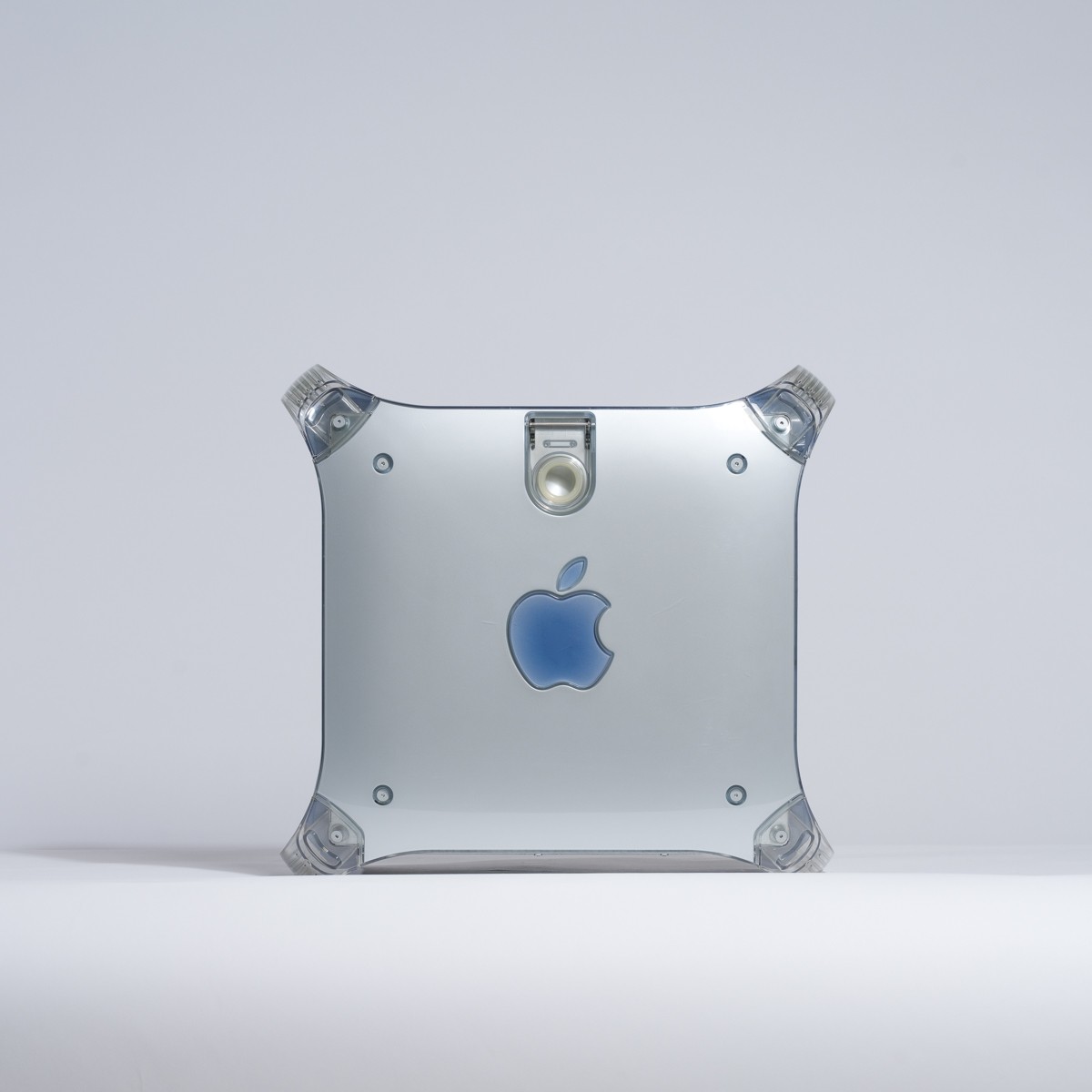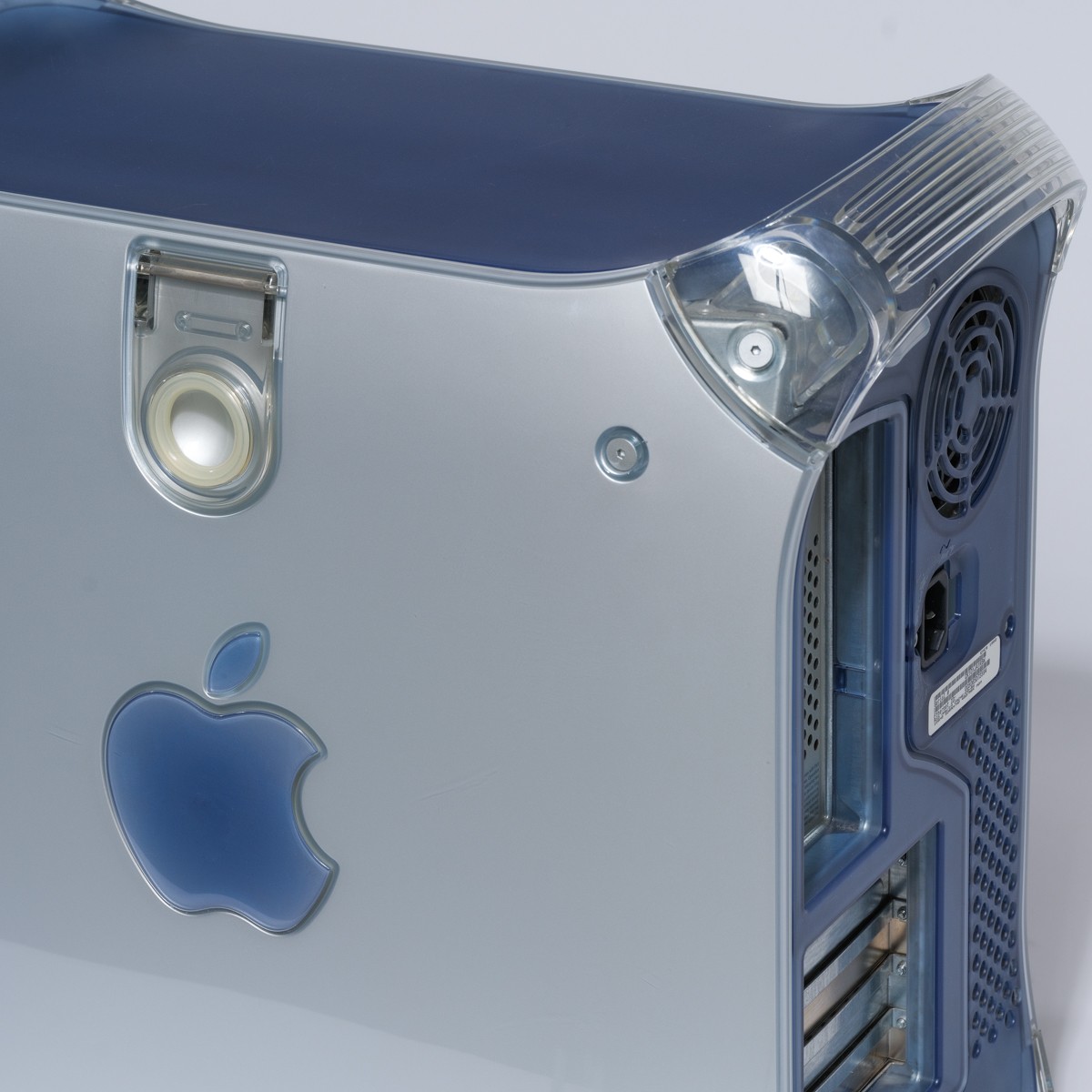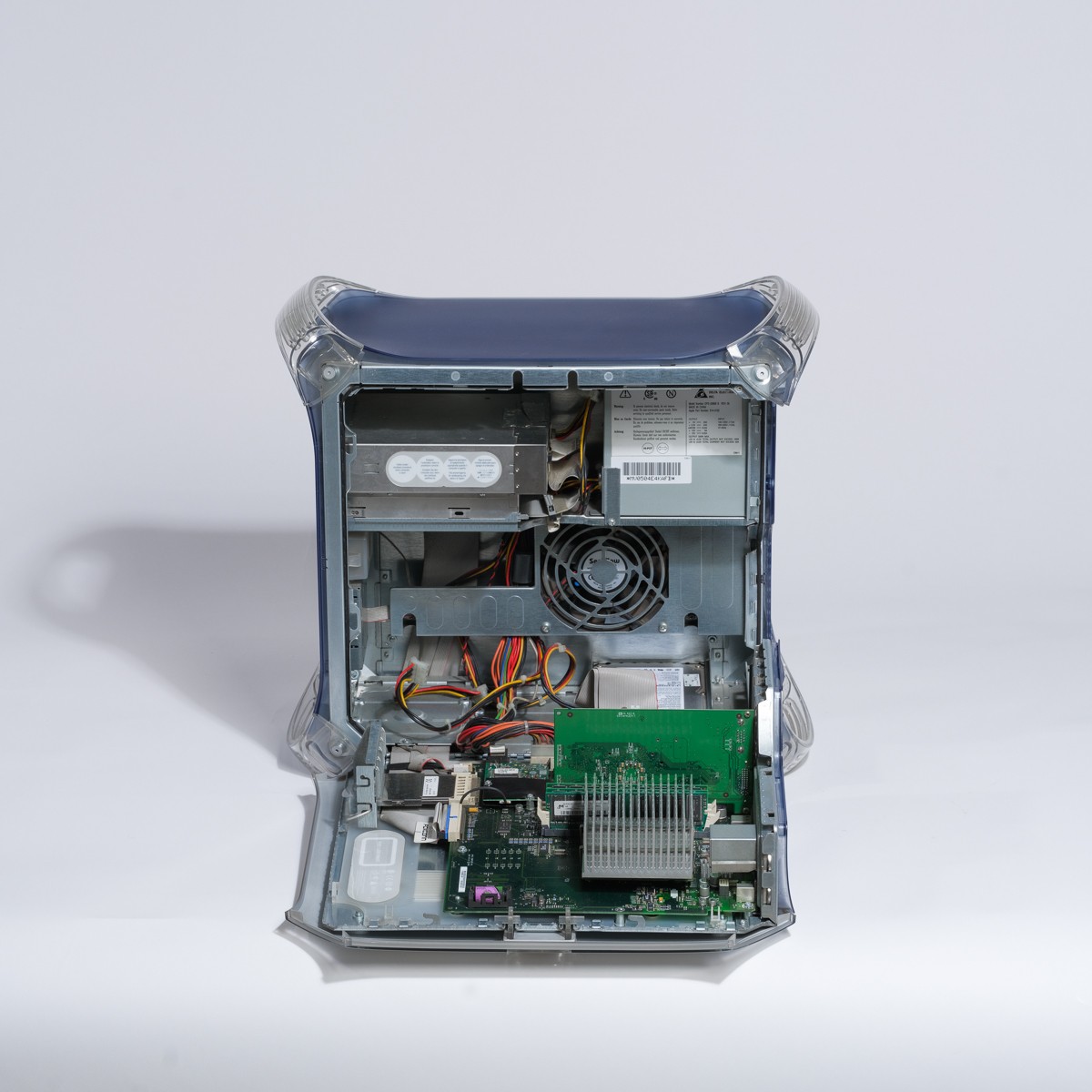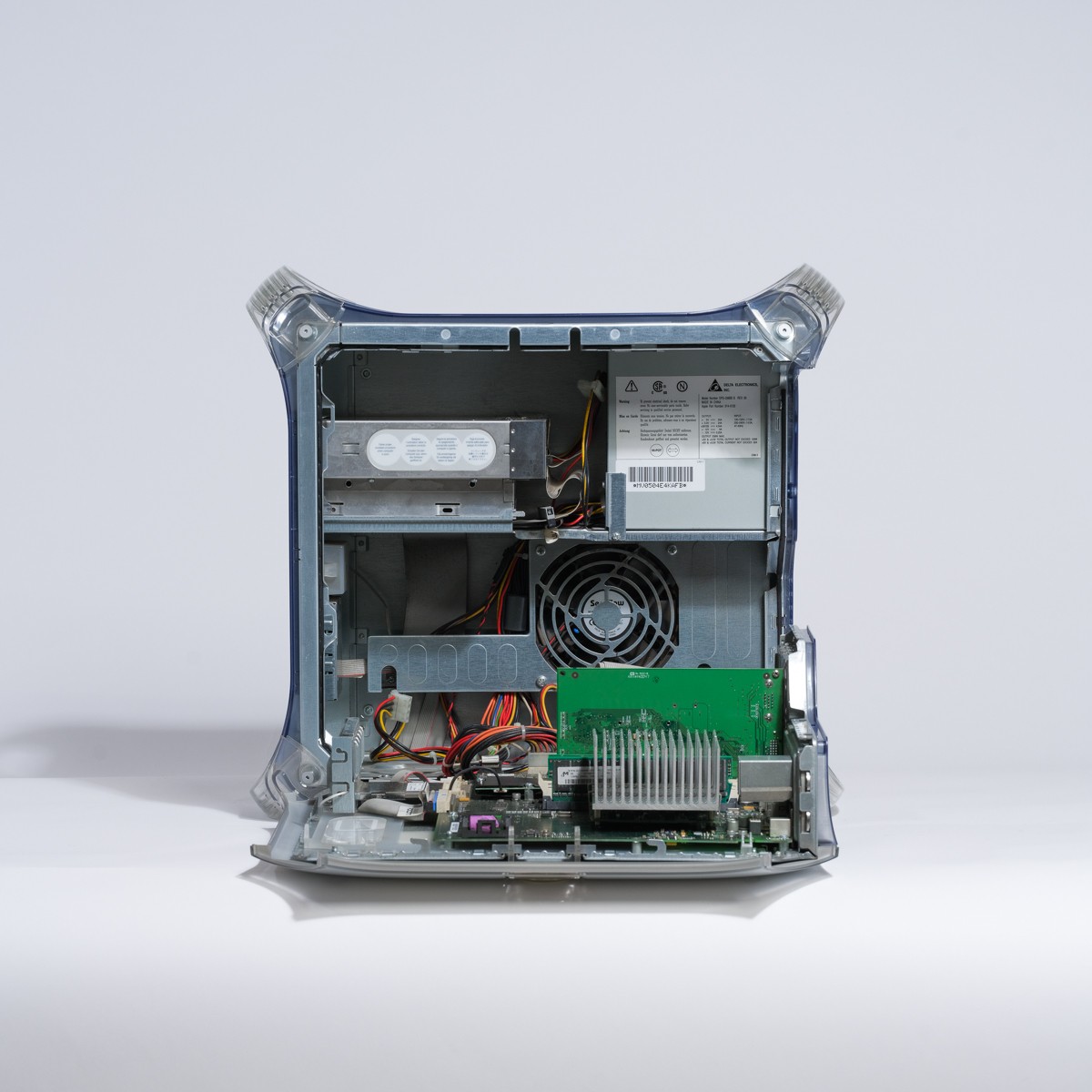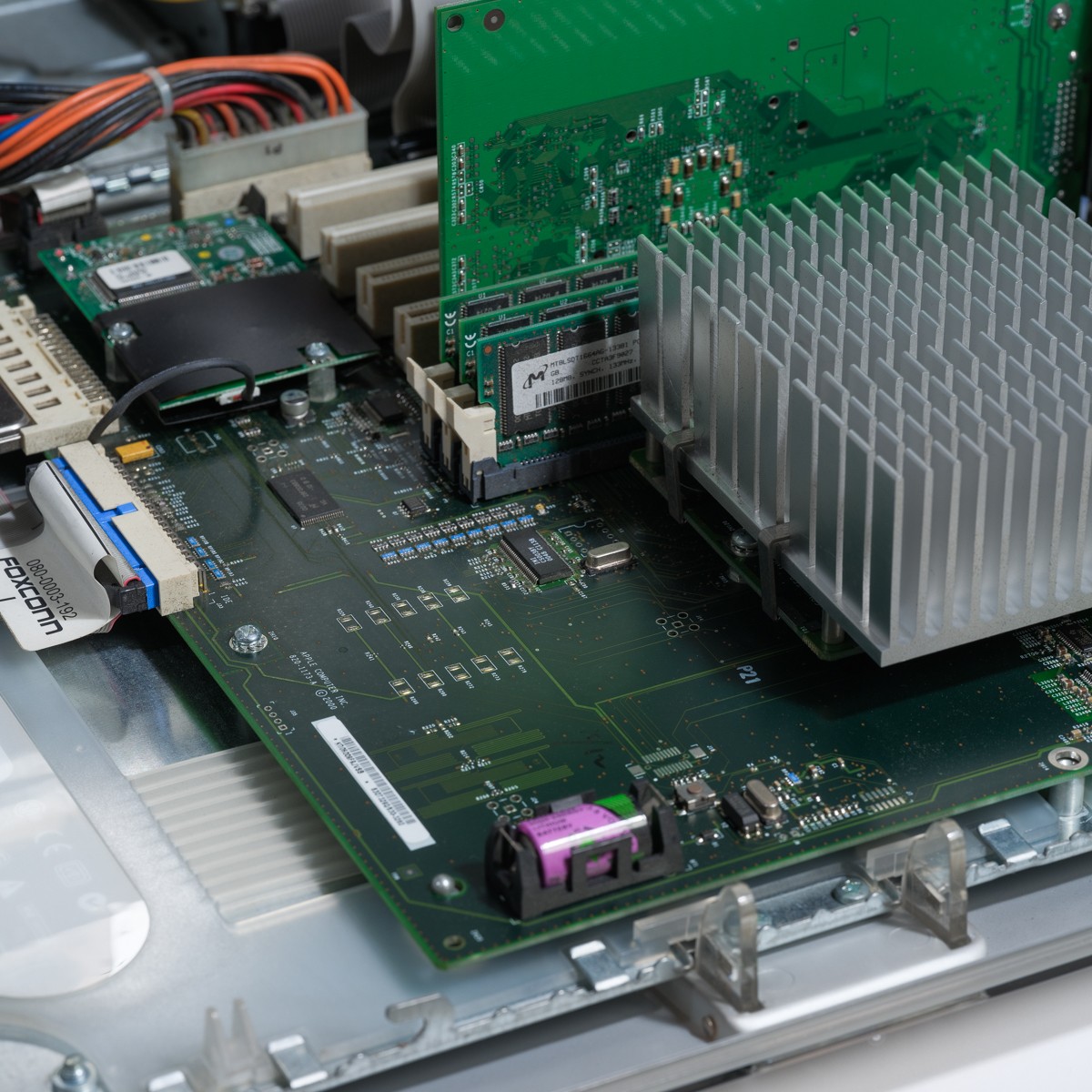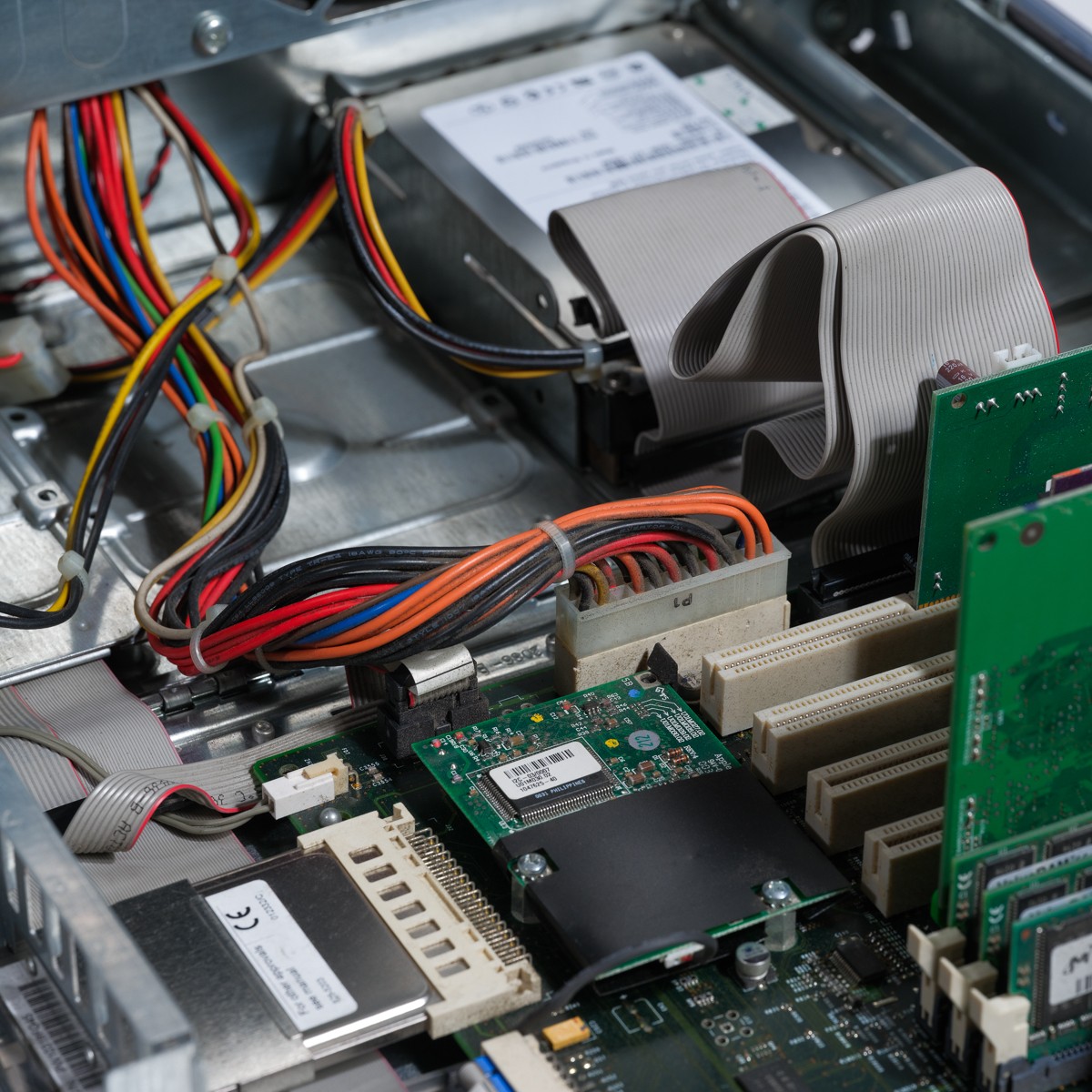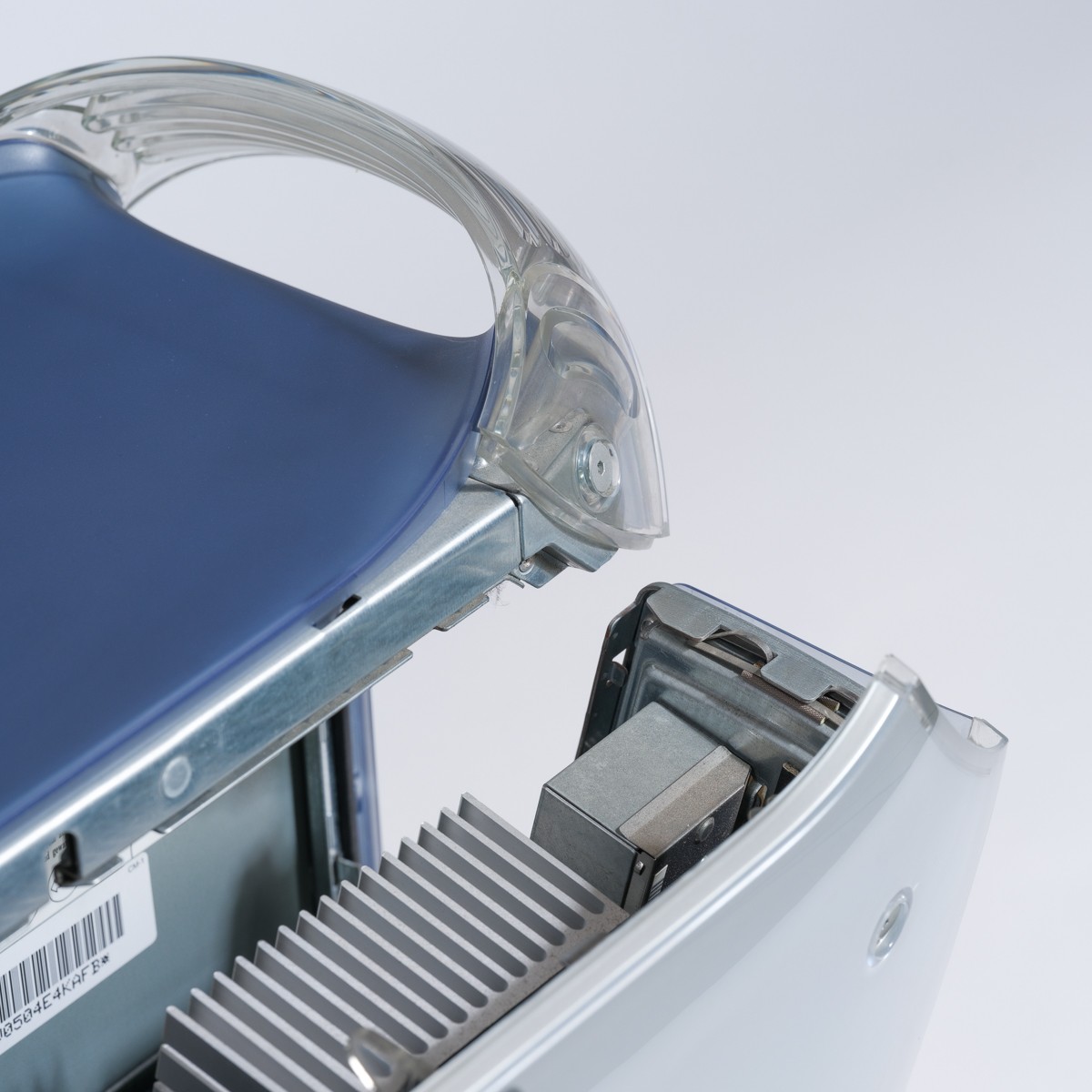Power Mac G4
Introduced in 1999, the Power Macintosh G4 became a symbol of power and efficiency in professional computing. Known for its ability to handle demanding creative tasks, it quickly became a favorite among graphic designers and video editors. The G4 marked a significant step forward in desktop computing, offering users a sleek design that housed cutting-edge performance. This model played a crucial role in cementing Apple’s reputation as a leader in the creative industry, where it became a staple in studios and offices worldwide.
Technical Characteristics
Desktops
M8493, M5183
350 MHz, 400 MHz, 450 MHz, or 500 MHz PowerPC G4 (depending on model)
64 MB or 128 MB (expandable up to 1.5 GB)
10 GB, 20 GB, or 40 GB Ultra ATA hard drive (7200 RPM), 3.5-inch 1.44 MB floppy drive (in earlier models), optical drive: CD-ROM, CD-RW, DVD-ROM, or DVD-RAM (depending on configuration)
ATI Rage 128 with 16 MB or 32 MB VRAM, NVIDIA GeForce2 MX with 32 MB VRAM (later models)
VGA and Apple Display Connector (ADC) output, supported resolutions: 640x480, 800x600, 1024x768, 1152x870, 1280x1024, 1600x1200
2 x USB 1.1 ports, 2 x FireWire 400 ports, Ethernet (10/100BASE-T), 56K V.90 modem (optional), Audio: Stereo line in, stereo line out, headphone jack, microphone input
3 x 64-bit PCI slots (33 MHz), 1 x AGP slot for graphics card
Mac OS 8.6 (upgradable to Mac OS X 10.4.11)
Approximately 13.6 kg (30 pounds)
Height: 432 mm, width: 229 mm, depth: 457 mm
237-watt internal power supply
